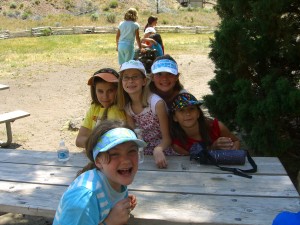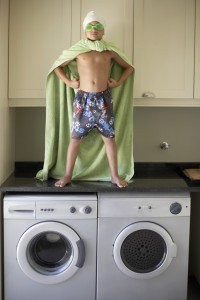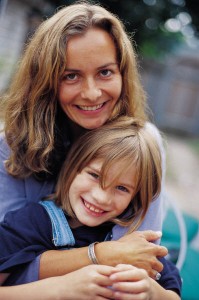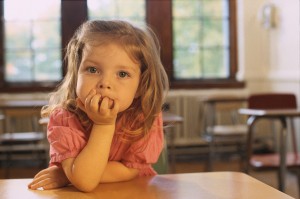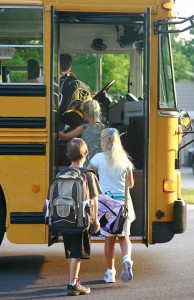When you left the hospital with your cute bundle of joy, no one handed you a book describing all the afflictions that might befall your child and how to cure them. I know I didn’t get one – I really could have used it!
I get calls every day from frantic parents who don’t know if their child has lice and need me to help them diagnose it over the phone. Well, diagnosing can be tricky business when you have no idea what you are looking for. Hopefully this article will help you really know if your child has lice or not.
What do nits look like?
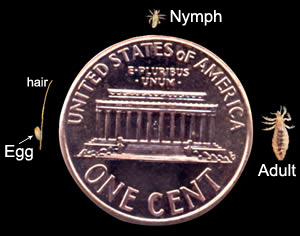
Nit and lice compared to a penny. Photo courtesy of CDC website.
First, when looking for lice you are actually looking for the nits, or eggs, that the lice have laid in the hair. It’s difficult to find an actual bug since they will scurry and hide. Nits are stationary and can’t hide so they are easier to find. Another fallacy, nits are not stark white! Color is purely dependant on the color hair of the person in question. On white blond hair, nits appear brownish and on black hair nits appear a light tan. Nits will be very small and FIRMLY attached to the hair shaft about ¼ to ½ inch away from the scalp. They are 3-dimensional teardrop to oval shape and only on one side of the hair, not wrapped around the whole hair shaft. The only way to get a nit off the hair is to actually pull it down the length of the hair. Dandruff is white, flat, irregularly shaped, and will easily come off the hair strand. You may need to use a magnifying glass or use strong reading glasses so you can see the individual strands of hair more clearly to identify nits.
If you are lucky to find a bug in the hair, then you will know that you definitely have lice. The bugs can range from tiny as a pinpoint size to 1/8 to ¼ of an inch long. They are dark brown in color, long oval shaped, and have six legs. They do NOT have wings.
Fool-proof method of detecting lice

Always use a good metal lice comb
If, after all of that explanation, you’re still unsure I always recommend the following: either buy a metal lice comb at the drugstore or use your dog’s flea comb and comb through your child’s hair after it’s been thoroughly washed. With the hair wet and detangled, comb through the hair, scraping gently along the scalp (remember the lice and nits are close to the scalp) and pull to the ends of the hair. Swipe a couple of times through the hair and then wipe the comb on a WHITE paper towel. If you see little brown oval dots (nits) or brown bugs, then you have lice. If you see yellow or white, this is not lice but just scalp naturally coming off in the comb. Make sure you are sampling all over the head and not just in one section.
Good luck! Hopefully you will not have to implement this article but if you do…… I wish you all the best!

